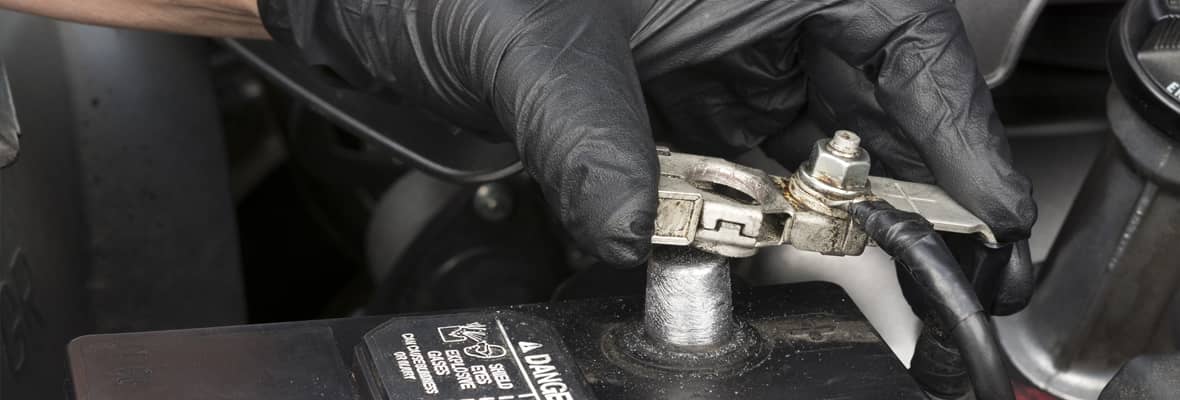Related articles
- How to change a car tyre
- Car maintenance and servicing checklists
- Broken Down Car? Here’s What To Do
- 16 things to put in a car emergency kit
- Roadside assistance buying guide
- What to do if your car breaks down on a highway
- How to get your car unstuck from mud or sand
- Australia Day road trips survey 2021
- Best road trips Australia
- Roadside Assistance Survey and Statistics 2024
- Tips for maintaining your car while not in use
- Warning signs your car might break down soon
- How to check and add oil to your car
- Tyre health survey 2020
- How to get the ideal tyre pressure for your car
- How to transport your bike by car
- Common Roadside Callouts 2025
- Family Road Trips Survey and Statistics 2024
- Road Trip Planner Australia
- When should I get my brake pads replaced?
- How to Check Tyre Tread
- How Often Should You Get Your Car Serviced?
The small amount of money you save by doing it yourself only applies if you don’t ruin your vehicle’s electrical system in the process! These days, it’s easy enough to let the pros handle it. You could potentially void your warranty if you attempted to change the battery yourself. To check which items are covered and which are not read your warranty conditions.
Depending on how much you drive, your car’s battery should last between one and four years.
Because batteries are heavy, highly corrosive and potentially flammable, many drivers forego the DIY approach and get a professional to replace their dead battery.
If you’re on the road when your car battery dies, you’ll likely require roadside assistance. Budget Direct’s roadside contractors can either jump-start your vehicle or replace its battery at your cost.
But if the battery goes flat at your home or has passed its ‘use-by date’ and you want to replace it yourself, here are some tips:
You’ll need an adjustable wrench, disposable rubber gloves, clean lint-free rags, a little baking soda and water, a battery brush or post-cleaning tool and some safety goggles.
Safety first
You’ll need an adjustable wrench, disposable rubber gloves, clean lint-free rags, a little baking soda and water, a battery brush or post-cleaning tool and some safety goggles.
Turn off your engine and put the vehicle in Park. Set the parking brake. Spread a towel across your fender to protect the paint from any corrosive acid. Always read your car manual first.
Steps to changing a car battery
Normal procedure for changing a battery is as follows:
Step 1. Remove cables from battery terminals
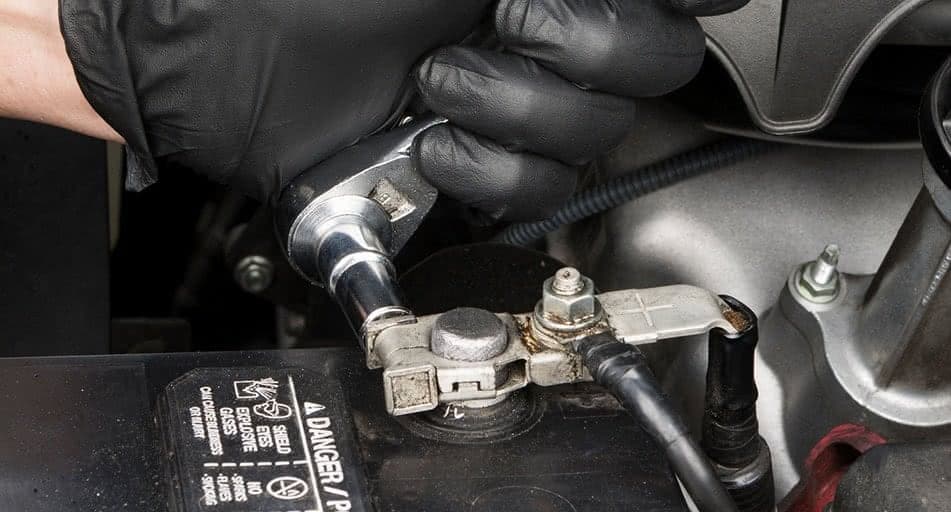
For vehicles with a negative ground, loosen the nut and bolt that holds the battery cable clamp to the negative terminal (this will be labelled with a minus sign or ‘NEG’). If your car has a positive ground, you would loosen the positive cable first (your manual will tell you which your car has and the correct order for removing battery cables).
Step 2. Remove the screws or fasteners holding the battery in place; then Remove the Battery
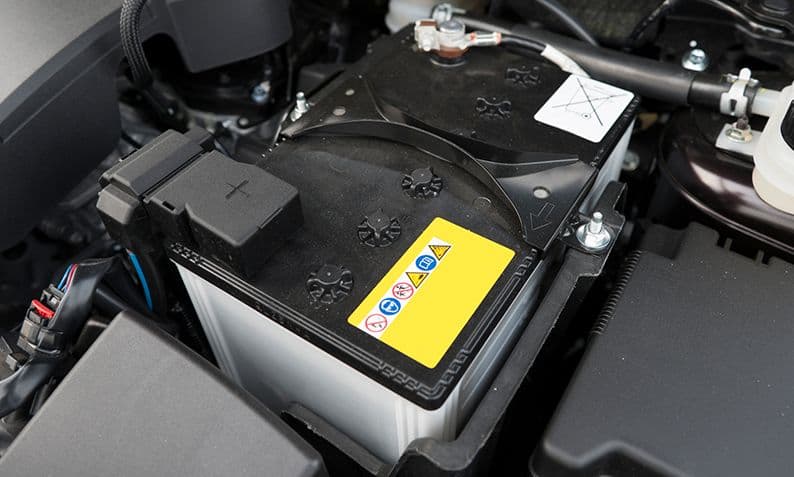
Remember where you put the battery screws and don’t let them roll under the car. Wear gloves while carefully lifting out the battery.
Step 3. Inspect the tray the old battery was resting on
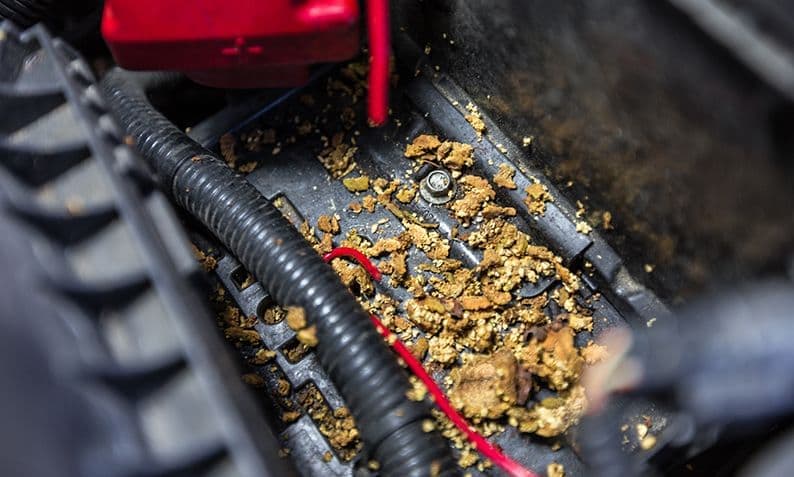
If the tray underneath is rusty or shows any corrosive deposits, dissolve a little baking soda in some water and use this solution to clean the tray. Don’t do this without putting gloves on first. This is also the time to give your battery terminals a clean.
Step 4. Position your new car battery on the tray
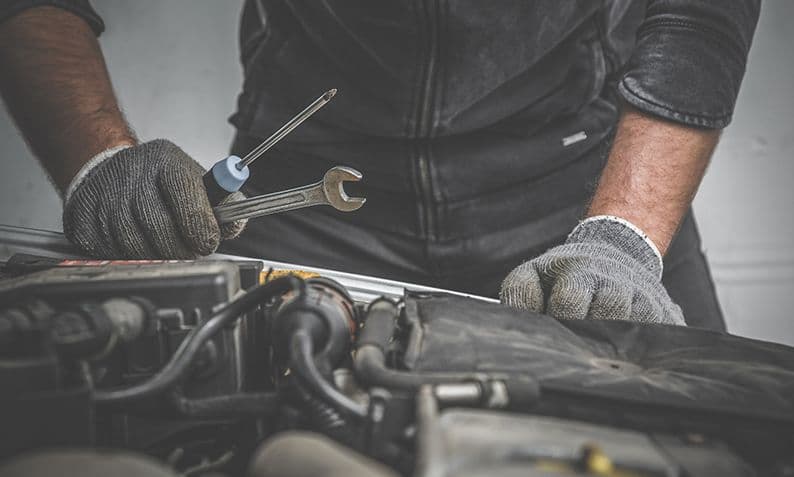
Double-check that it’s facing the same direction as its predecessor and is seated firmly.
Step 5. Replace the screws/fasteners to the new battery to secure it in place
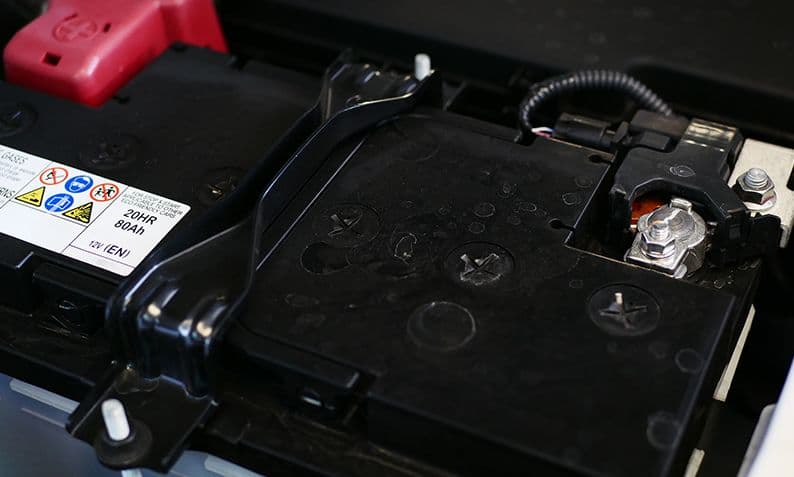
The battery should now be free of any possible ‘wiggle’.
Step 6. Reconnect your battery cables in the reverse order in which you took them off
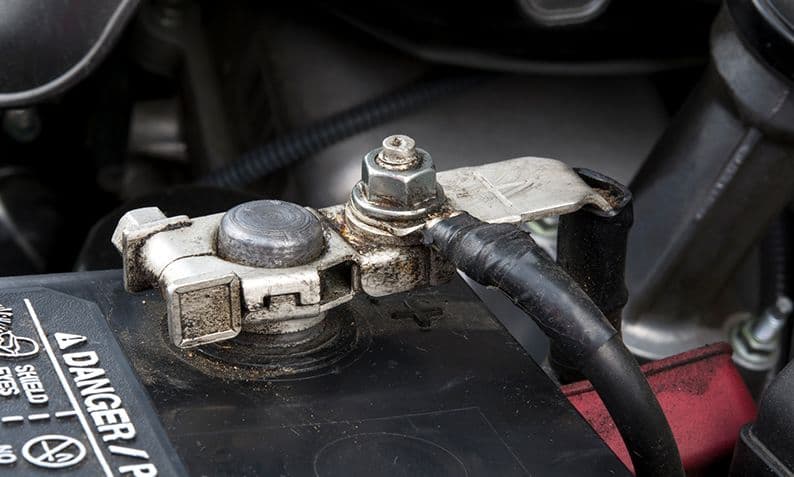
(E.g. in a negative ground car the positive cable is reconnected first). Make sure all reconnected clamps are grabbing the posts in a solid grip.
Step 7. Dispose of your old battery properly
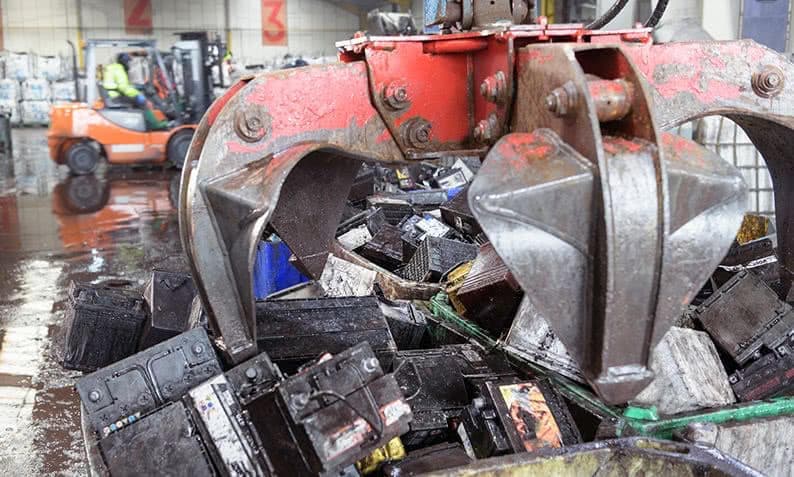
Because batteries are toxic and corrosive they must be disposed of legally and responsibly. Special recycling centres will accept old batteries and charge you a nominal amount to dispose of them for you. Old car batteries do NOT go in your rubbish or recycling bin.
Important points to consider

Don’t always automatically assume that your vehicle problem is due to a dud battery. Your underlying problem may be something else: a faulty alternator or starter motor, for example. A professional diagnostic test can sort out the true cause of the issue.
Today’s cars are more technologically complex than ever before and all the modern on-board computers and electrics are susceptible to shorting out.
One of the most important steps that professionals take when replacing your battery is to ensure a second power source is available so you don’t lose computer settings and the security code you need to operate the radio.
Your radio security code may be written down somewhere in your car manual but if you have no record of it, you’ll usually have to contact your car dealer to get the code again so you can use the radio. Some dealers will charge a fee for this.
Roadside assistance
Roadside assistance is provided by insurers like Budget Direct.
This assistance typically includes a battery replacement service (members cover the cost of the new battery). So, you could theoretically go decades without having to change your own car battery.
With Budget Direct, you can make unlimited callouts§ anywhere in Australia 24/7 for a range of faults, including a dead car battery.
Sources
https://www.supercheapauto.com.au/blog/how-to/batteries-and-electrical/replacing-a-battery.html
https://www.dummies.com/how-to/content/how-to-remove-and-install-a-car-battery.html
https://carbatteryaustralia.com.au/2014/12/change-your-own-car-battery/
Terms and conditions
§ Subject to our fair use policy, which is explained in our terms and conditions
Related articles
- How to change a car tyre
- Car maintenance and servicing checklists
- Broken Down Car? Here’s What To Do
- 16 things to put in a car emergency kit
- Roadside assistance buying guide
- What to do if your car breaks down on a highway
- How to get your car unstuck from mud or sand
- Australia Day road trips survey 2021
- Best road trips Australia
- Roadside Assistance Survey and Statistics 2024
- Tips for maintaining your car while not in use
- Warning signs your car might break down soon
- How to check and add oil to your car
- Tyre health survey 2020
- How to get the ideal tyre pressure for your car
- How to transport your bike by car
- Common Roadside Callouts 2025
- Family Road Trips Survey and Statistics 2024
- Road Trip Planner Australia
- When should I get my brake pads replaced?
- How to Check Tyre Tread
- How Often Should You Get Your Car Serviced?
